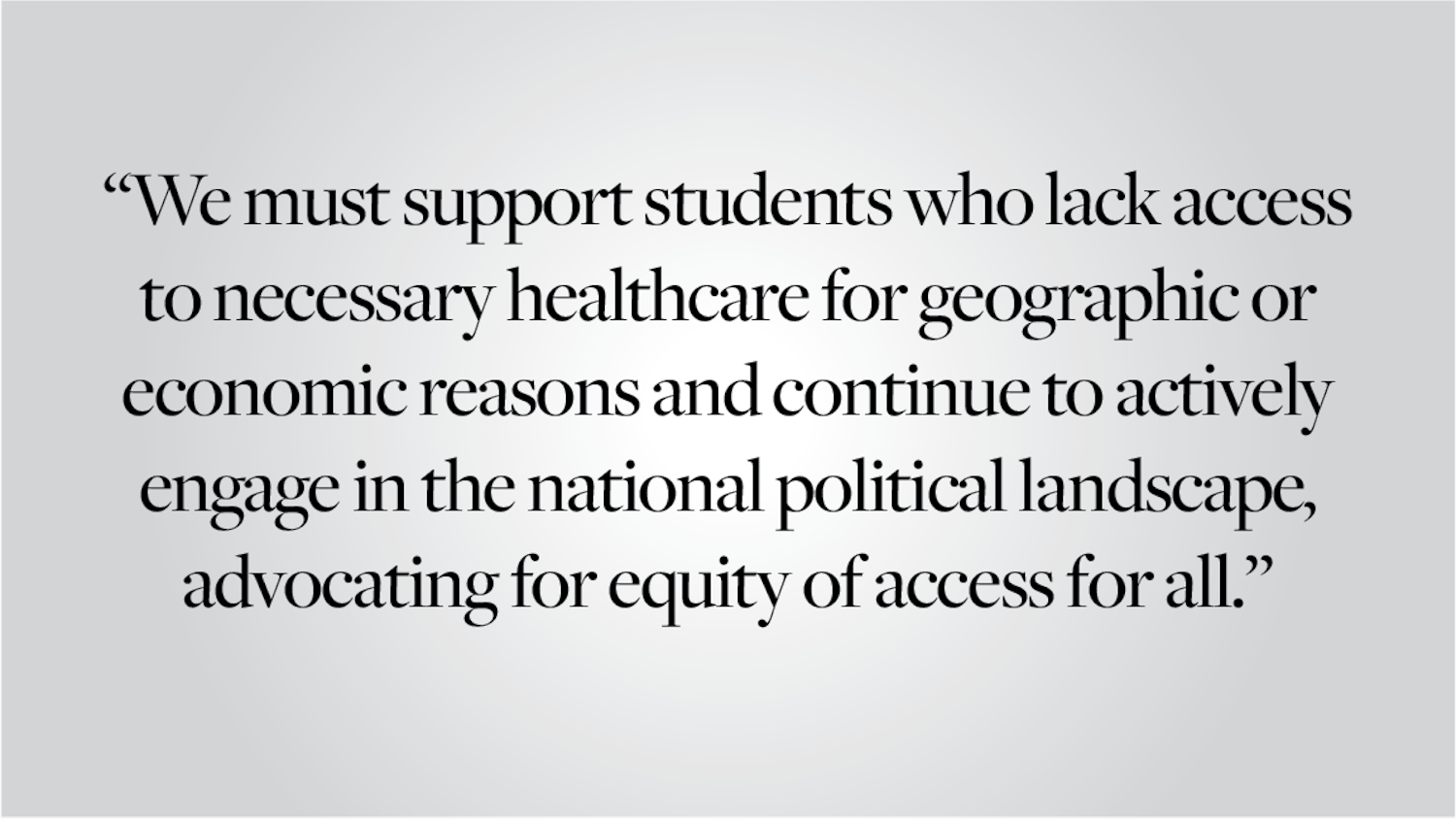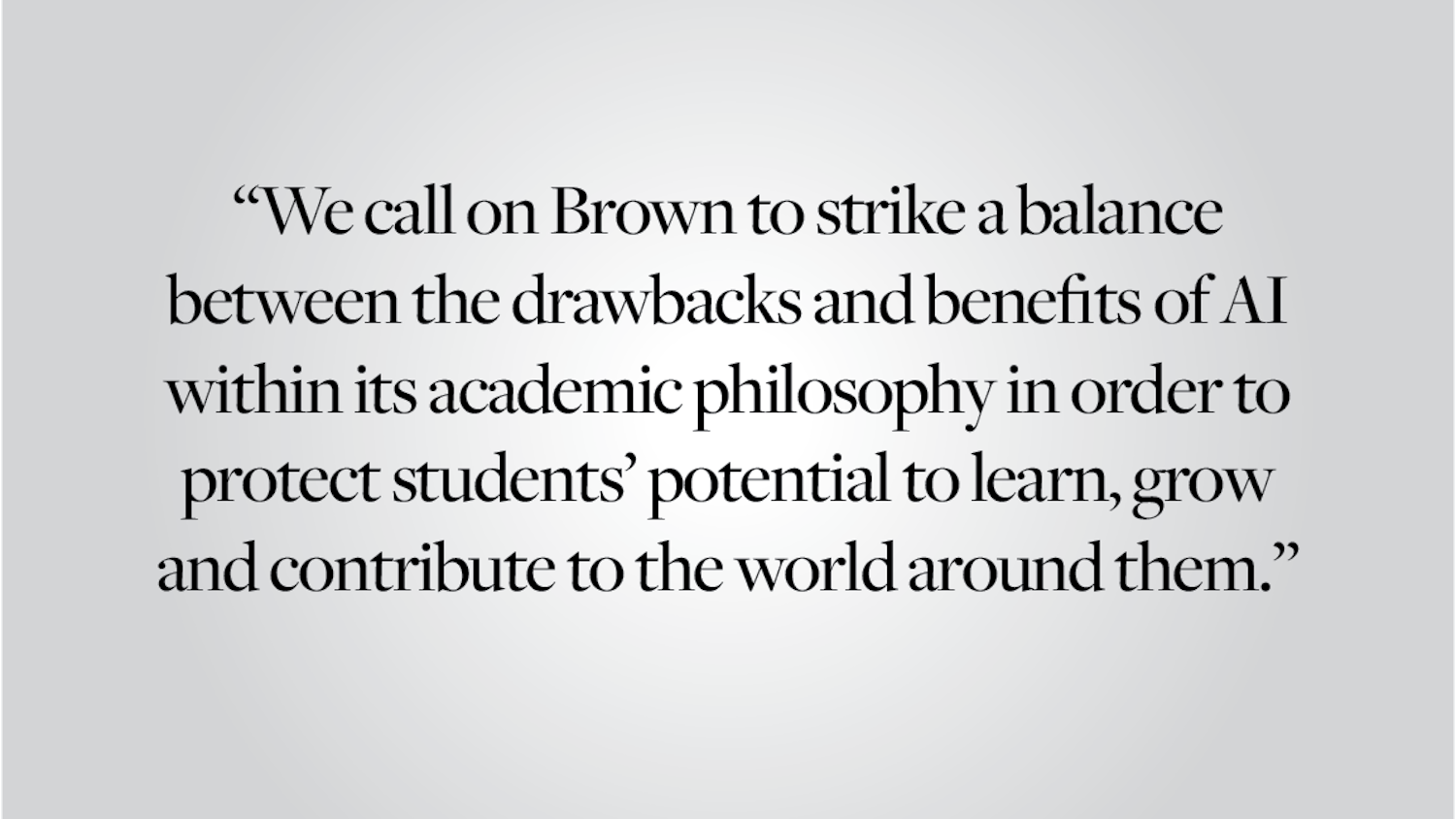Brown hosted its first National Diversity Summit this past weekend to “explore how higher education engages in the work of developing and sustaining an increasingly diverse and inclusive academic community,” according to an online description of the event. Organized by the Office of Institutional Diversity, in collaboration with a number of other centers and offices, the summit brought together students, faculty members, administrators, staff members and thought leaders to discuss how to advance diversity and inclusion in the academy.
Under former President Ruth Simmons’ Plan for Academic Enrichment, the size of the faculty increased substantially, but the proportion of faculty of color remained small. According to the Office of Institutional Research, in 2005-06, 7 percent of faculty members were of black, Latino, or American Indian descent, while 80 percent of the faculty was white.
Almost a decade later, 8 percent of faculty members are underrepresented minorities, while 77 percent of faculty members are white. Following years of student and alumni criticism, the University has finally set a concrete and non-symbolic timeline to diversify its faculty. At a November 2014 faculty meeting, President Christina Paxson P’19 announced her “very ambitious” goal to double the number of underrepresented minority faculty members in the next decade.
Summits and conferences are valuable forums at which to share best practices and ideas between institutions, scholars and practitioners. But conversations must culminate in action, policies and tangible progress, all in the service of disrupting the status quo.
As outlined in The Herald’s “Pervasive Prejudice” series, the lack of diversity in academic departments at Brown is the result of several factors: fewer students of color pursuing doctoral degrees (often referred to as the “pipeline problem”), implicit bias in the hiring process, the unnecessary juxtaposition of “excellence” and “diversity” as factors when hiring professors of color. Certainly these structural issues pose significant hurdles for Brown and peer institutions to overcome, but they are not excuses for the disparity between white and faculty of color.
Clear objectives, like doubling the number of underrepresented minority faculty members, are key to long-term changes at Brown. Strong, concrete goals alongside adequate time to implement them are vital to translate plans into practice.
Many of the impediments that institutions must overcome to diversify their faculty — like tenure, decentralized departmental hiring and the pipeline — are faculty-specific and not applicable to other academic roles. Currently, only three of 21 senior administrators are people of color. If the University is serious about its commitment to diversify Brown, it must set an example and also commit to diversifying its leadership.
There is no “diverse-enough” Brown as long as structural and social forces continue to impede low-income individuals and people of color. If the University is committed to the egalitarian values it trumpets, diversifying itself is not only a moral imperative but also a rational one.
Editorials are written by The Herald’s editorial page board: its editors, Alexander Kaplan ’15 and James Rattner ’15, and its members, Natasha Bluth ’15, Manuel Contreras ’16, Baxter DiFabrizio ’15 and Aranshi Kumar ’17. Send comments to editorials@browndailyherald.com.




